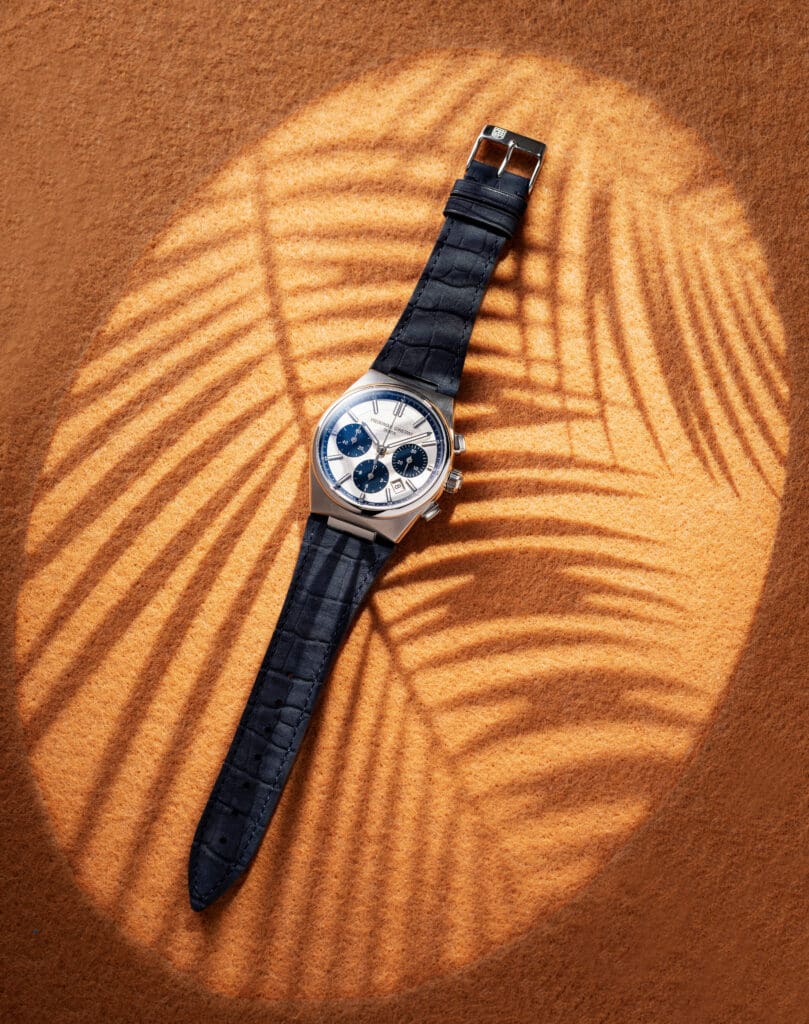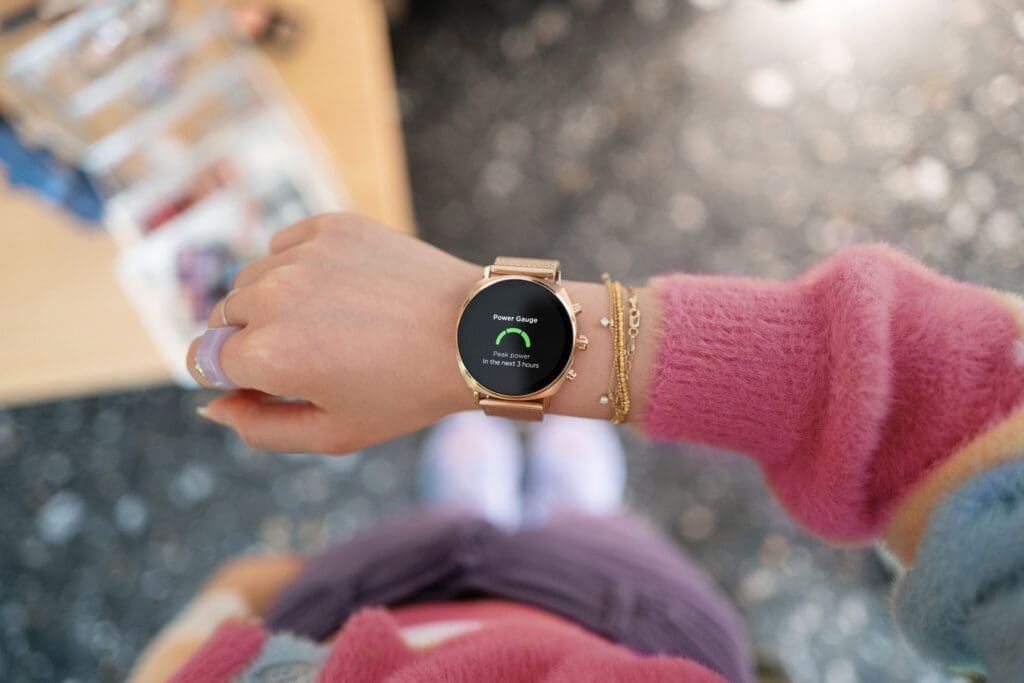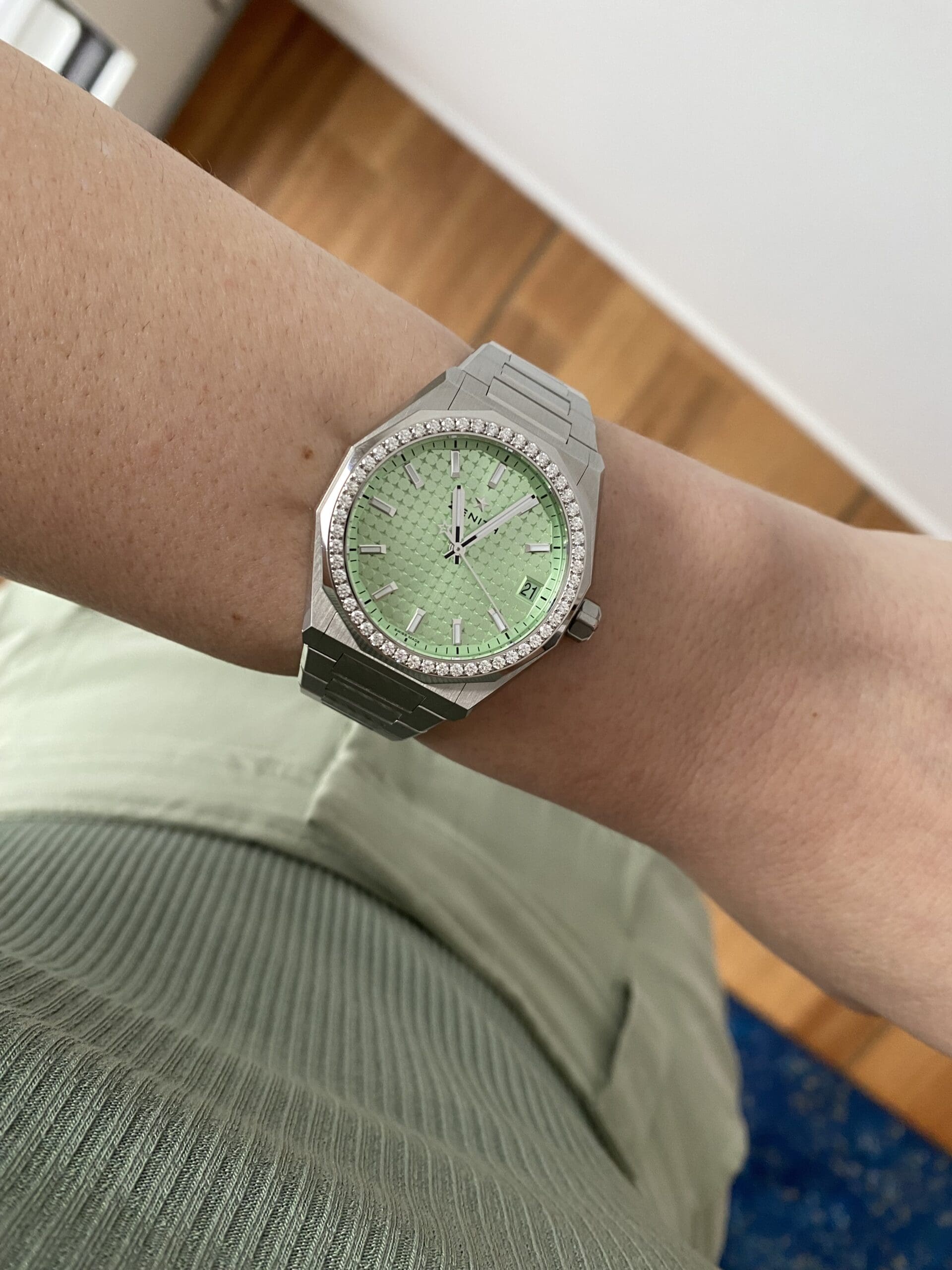Why wear a watch? It’s a question that seems particularly appropriate to ask given the plethora of timekeeping devices on offer today. From smartphones to fitness tracking devices to car instrument panels to tablets—time is everywhere these days.

In spite of this availability, the global watch market is growing. Global sales for the category were valued at USD$71.1 billion in 2022, with a projected growth to USD$96.8 billion by 2028, according to a report from IMARC Group. It’s a level of success that comes as no surprise to Adrian Bosshard, CEO of the Swiss luxury watch brand Rado.
“Watches are much more than just an object from which you can read the time. They are a piece of art on your wrist and a personal statement,” he says, adding that a timepiece is also often an emotional tie to a milestone, memory or family connection. “To give you an example from my personal life, I received, in March 1991, a Rado Integral as a wedding present from my wife. I wear the watch to this day as a reminder of my wedding. And I am happy to say that my wife is still by my side.”
A quality wristwatch, Bosshard summarizes, can be a “companion for life.” A personal timepiece, Matthias Breschan, CEO of the Swiss watch brand Longines, points out, can also signal an aspect of one’s personality: “A watch is often seen as a symbol, an emotion, rather than a practical object—for example, wearing a Longines Spirit Flyback does not make you a pilot, but it does convey a sporty and dynamic image of yourself.”

With wearing a watch being less about the telling of time and more about a person’s individual interests or values, companies have looked to unique exterior designs in order to further endear the accessory to modern consumers. “Our customers are looking for a watch with refined aesthetics, accuracy and reliability,” Breschan summarizes of the must-have elements of a modern wristwatch.
Design elements such as boldly coloured dials, intricate enamel elements, quick-change mechanisms for interchanging straps and sparkling diamonds are just a few of the ways in which watch brands are looking to enhance the overall appeal of timepieces. These so-called “statement watches” add an enhanced aspect of jewelry or decoration to the category that’s proving to be of interest to consumers, according to Julien Tornare, CEO of the Swiss watch brand Zenith.
The company recently revamped an iconic silhouette within its collection with the release of the Defy Skyline, which sees a new, “unisex” 36-millimetre case size available with a selection of pastel-hued patterned dials and the option of a diamond-set faceted bezel. “Even before COVID, we saw more colours coming back. Rainbows with diamond settings, or it could be dials. We felt like there were more and more colours, and people were there to wear watches with colours,” Tornare says of the desire to wear bolder hues and embellished designs. “Watches, for some time, were missing colours. And now it’s coming back—a lot.”

Zenith has plans to release more colourful watch creations later this year, as the brand looks to further entice new, younger customers to wear its watch designs. “People like colours, we’ve seen that,” Tornare says, noting that more-conservative shades still outsell their more-colourful counterparts—for now. “In terms of image, perception, dynamism of the brand, it’s very important to bring colours.” But, accurate time-telling remains a critical aspect of a watch, and interior upgrades are better allowing mechanical watches to coincide with the omnipresent technological devices of today.
“We have recently modified some components of our movements to be made of non-magnetic material. This allows us to make our watches 10 times more anti-magnetic than the ISO 764 standard,” Breschan explains of the thing that allows for Longines movements to be less disturbed by magnetic disruption from devices such as cellphones. “Because of the materials they have always been made of mechanical watches are susceptible to magnetism, which affects their accuracy. And magnetic forces are everywhere in our modern world.”
The precision—and endurance—of automatic timepieces, those that don’t require a battery for a power source but are, rather, powered by an internal spring, has also been improved by advancements in calibre design. The new-generation Air-King from Rolex features a calibre 3230 movement, which was first released in 2020, that centres on advancements in elements such as resistance to magnetic fields thanks to a nickel-phosphorus material, improved precision and a boosted power reserve that totals approximately 70 hours. Watch models that merge technological aspects with timeless wristwatch aesthetic elements are also proving popular with consumers, according to Zahra Hemraj, director of marketing at Citizen Watch Canada.

“This year we announced our new CZ Smart with YouQ,” she says, calling the design a ‘smarter’ smartwatch. “This is our new smartwatch, and the YouQ app combines AI models built with IBM Watson Studio and research pioneered by NASA Ames Research Center to deliver a 24-hour forecast and hourly Power Score—a highly personalized indicator of your cognitive and physical energy.”
Many Citizen models also boast “advanced functionality” features such as radio-control, atomic or satellite-wave GPS timekeeping, an altimeter and more, Hemraj notes. The various evolutions of timepieces not only help to answer the question of the relevance of wristwatches today, but also aim to secure their place in the future.
“Watches not only have a place in the digital world, but rather a permanent place in the world, in general,” Hemraj says. “They are ‘timeless.’” —Aleesha Harris

Be the first to comment